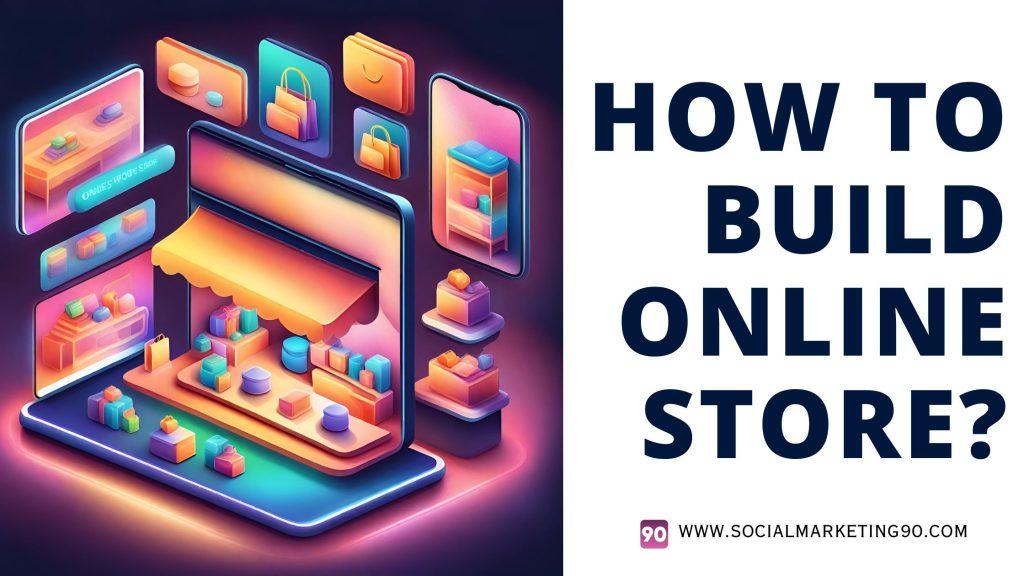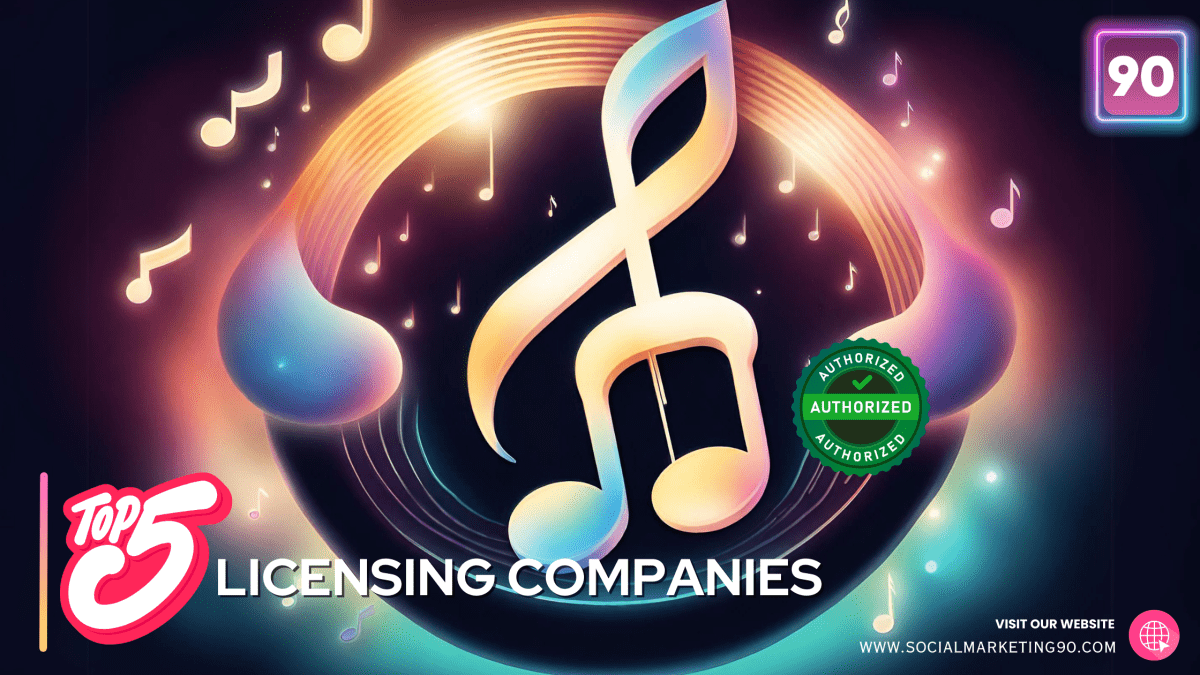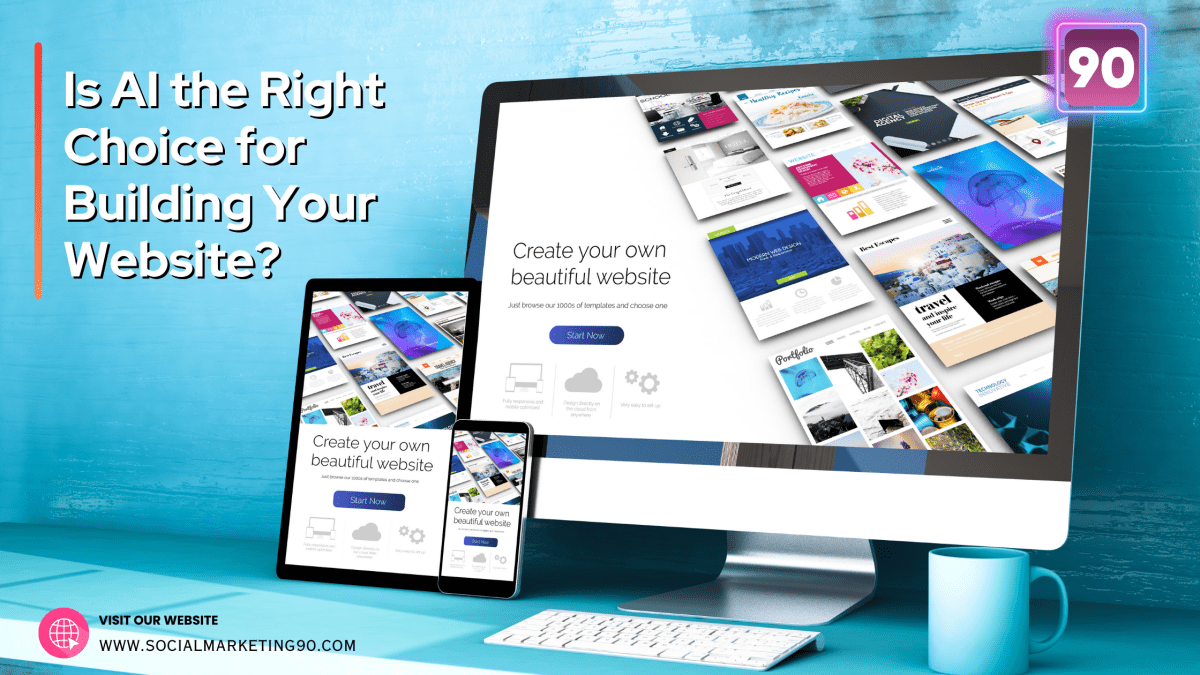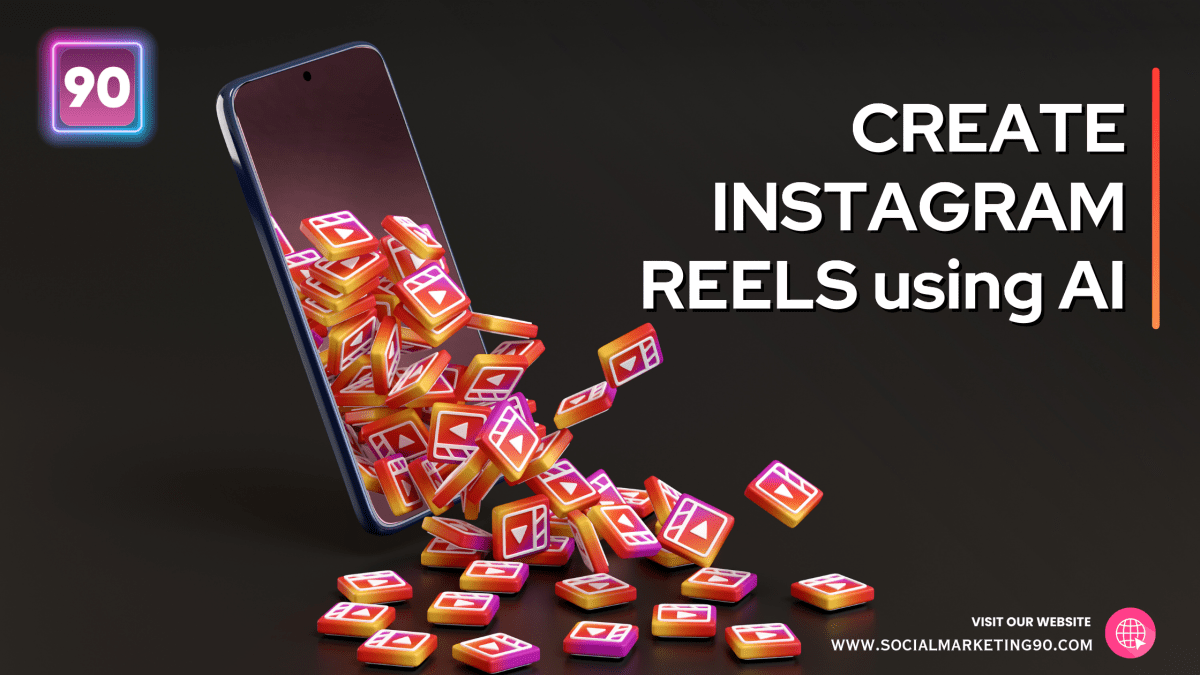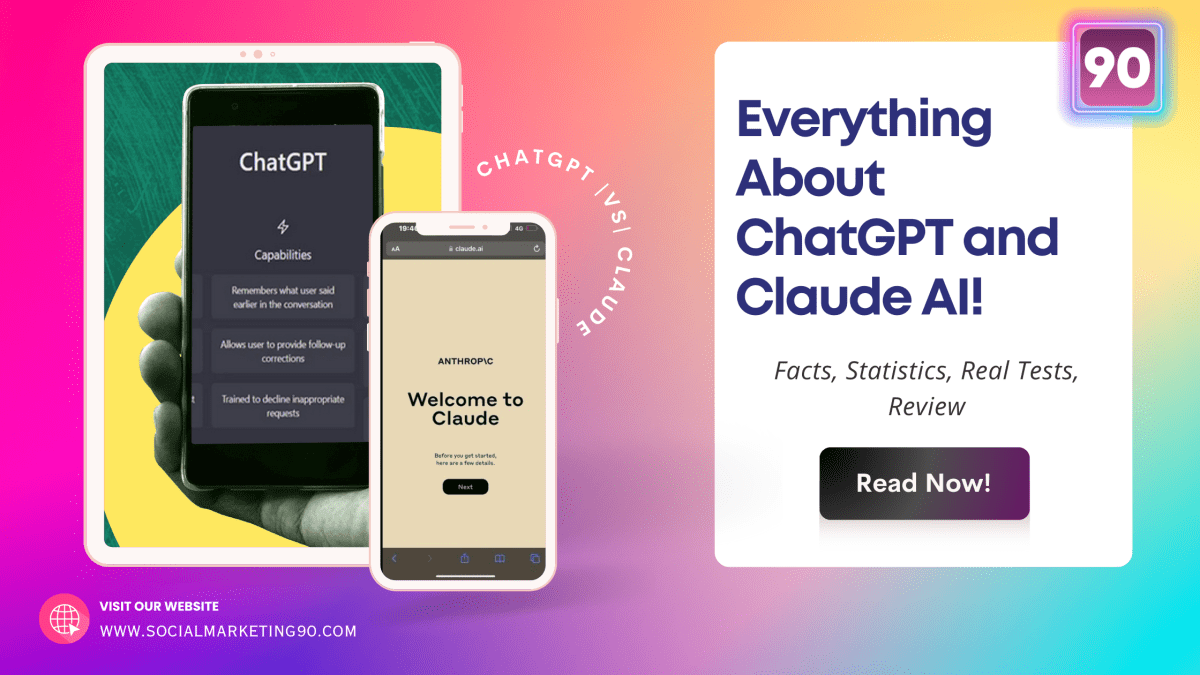If you have ever envied successful online stores and wondered how they rose to such heights, you are not alone.
Many people hold back from taking their businesses online because they fear that creating a profitable online store requires tons of coding skills, finances, and exceptional talent that instantly makes you recognizable online.
Others are worried that the competition might stifle their marketing efforts and push them out of the game.
But the truth is that building a profitable online store has relatively low upfront costs aside from the capital of the products you will sell. You also don’t need coding skills, as the best e-commerce platforms feature code-free website builders.
And yes, there is a lot of competition, but the reality is that the majority of the competition sucks. They hurriedly set up their stores without sitting down to think about all that it involves. Come to think of it, is it easy to sit down with a pen and paper and plan out the many details of something as delicate as your business?
So, the fact that you are already on this page has given you a headstart as it signifies that you are willing to throw your best and more at setting up your online store for success.
That’s not to say that there are no odds to overcome. Check out these statistics from Forbes Advisor:
“The online shipping cart abandonment rate on mobile devices is 84%.”
“The online shipping cart abandonment rate on desktops is 72%.”
Not exactly the friendliest of stats, right? In this article, I will walk you through 5 killer steps to beat the stats and stay on top of your online store creation process.
But first, let’s clear up some common misconceptions that usually revolve around unrealistic expectations.
Get Rid of Wrong Expectations
An Online Store is a Quick Shortcut to Overnight Success
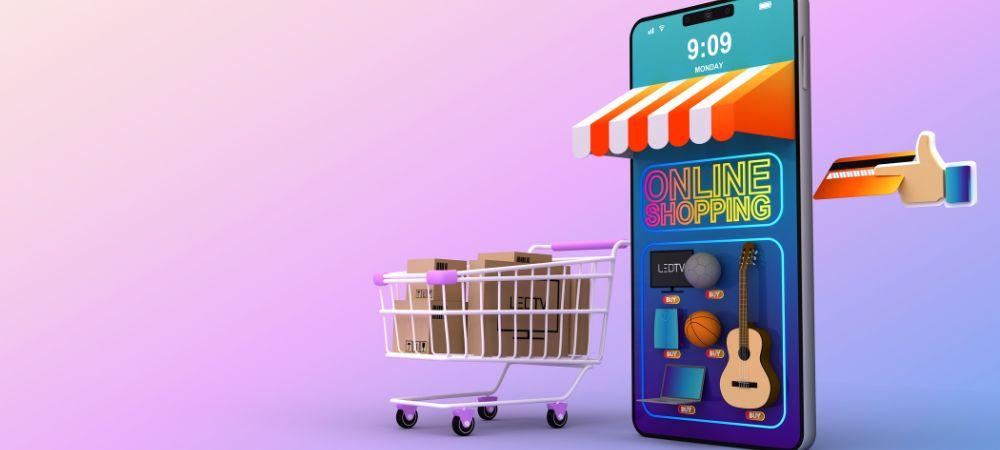
The reality is that an online store will take some time to gain a strong foothold and start pumping out reasonable profits.
Unless you already have a loyal customer base and are simply transitioning from a physical store to an online one, you must work hard at directing organic traffic to your site.
Organic traffic takes a long time to start yielding effects, and in the short run, you will have to be patient and even endure days when you might not receive a single order.
Paid advertising is always an option, but it requires careful budgeting and allocation. And if you get broke, how do you sustain the momentum?
Aside from the fact that it takes time to cultivate a loyal customer base through organic traffic and paid ads, you will have to deal with other overhead costs of running an online store, such as domain registration and renewal, website hosting, marketing costs, payment processing fees, etc.
In other words, your online store will first guzzle your money before it can run itself and pay you back. Hence, rushing headlong into an online business in hopes of reaping a huge paycheck overnight isn’t going to work.
Watch this video by Danlok to get more information on the wrong reasons to start a business.
Setting Up an Online Store Won't Involve Lots of Work
This sugary myth is the main reason many inexperienced entrepreneurs rush into setting up an online store only to scamper out of it when the game turns against them.
They mistook taking everything online for minimal work and blissfully concluded that since online is where everyone is, it would make for a big catch in no time.
The reality is that setting up an online business of any kind involves doing the online equivalent of much of the work involved in making a physical business work—except that your home is now your office.
For example, many physical businesses use fliers and billboards to advertise and spread the word to potential visitors. They do everything to build a customer base of willing and dependable buyers.
When it’s e-commerce, the equivalent of all that work is lead generation and building organic traffic. This process demands a considerable price in time, dedication, and consistent effort.
Identifying your target audience is only the beginning of the beginning. With each passing day, you will need to utilize such strategies, ranging from creating valuable content and updating it regularly to networking and offering lead magnets.
Truth be told, the whole process will be tedious at first because you are just starting out and haven’t figured out much yet. However, the hard work pays out in the long run because you will eventually discover what works for you and what does not.
Only after you realize the systems that benefit you the most will the work become more automated, and you can finally get some free time. That’s a budget of months or even years.
This quote, commonly attributed to American entrepreneur Chris Dixon, says it all:
There’s this myth that the internet’s filled with overnight successes. I’ve never met an entrepreneur who wasn’t grinding for years before finding the light.
For the reasons mentioned above, it’s always a bad idea to start an online business if you desperately need money or more free time.
Now that we’ve cleared out the unrealistic expectations with which many rush into an online business, we can quickly move into the concrete steps needed to build a truly profitable online store.
Do Market Research

Market research is seldom missing from the many bits of advice you will get from successful online entrepreneurs. And it’s not just for the sake of repetition.
To drive the point closer home, I will give you the gist of a webinar hosted by Daniel Harvey, co-founder of Passion.io.
Passion.io is an online platform for building apps with zero code, and in the webinar, Daniel (or Danny) touched on why many apps created to offer services to clients fail to deliver as expected.
Not that the app is flawed in any way, but the marketing could use a retouch or two.
Now, this is where it gets interesting. Danny highlighted three critical aspects of an unsuccessful app launch that can apply to any online store launch. Want to know them? They are,
- Selling to the wrong audience
- Selling the wrong product to your target audience
- Selling the wrong way to your target audience
To visualize the three mistakes in action, imagine, for the first scenario, selling luxury items, e.g., fancy sneakers, and then reporting no sales because you didn’t
realize that the region you are targeting has low purchasing power and would prefer budget-friendly locally made footwear.
For the second scenario, an online store that focuses on clothing items might not make any sales if it advertises swimsuits because it doesn’t know that its targeted region is in the winter season.
And speaking of selling the wrong way, if your intended customers can’t relate to the marketing terms you use, your marketing efforts might not take you far.
Market research is how to avoid selling the wrong thing to the wrong audience at the wrong time. It helps you identify the what, why, when, and where behind your customers purchasing decisions.
When your market research is done well, you will develop an effective marketing strategy for your business type. According to Jason Panzer, President of HexClad, companies (or online businesses) that skip this essential step may lose insights, additional sales, and brand strength that all add up over time. Italics mine.
All of that begs the following question: around what areas should market research be conducted? The following is not an exhaustive checklist, but it provides a good starting point for the process to follow.
- First, filter your target audience based on the following categories:
▶️Demographic data: (age, gender, income level, regional factors e.g. weather)
▶️ Demand for products
▶️ Market size or the number of people interested in your product
▶️ Economic factors, e.g., spending habits, employment rates, income level, et cetera.
▶️ Location of target market. This info will help you plan your shipment efforts.
▶️ Pricing comfortable for your customers.
Facebook Audience Insights is one tool that will help gather the stats mentioned above on your target audience. - Conduct keyword research using tools like SEMRush, Ahrefs, or Google Keyword Planner to know what people are actively searching for.
- Next, do competition analysis to know how saturated your chosen market is and how you will stand out from the crowd.
- Stay on top of current or emerging trends by following industry trends.
- Gather insights directly from potential customers by creating customer surveys with tools like SurveyMonkey or Typeform.
- Monitor Social Media platforms to know what people are talking about and be informed on new developments in your business niche. You can use tools like Hootsuite, BuzzSumo, or Brandwatch.
- From time to time, conduct data analytics to track your website traffic and user behavior. Use a tool like Google Analytics for this purpose.
Always remember the key takeaway from this section. To be profitable, your online store needs less emotion-motivated and more data-driven decisions.
Or, as Sean Rad, co-founder of Tinder, puts it, data beats emotions.
Choose Your Products
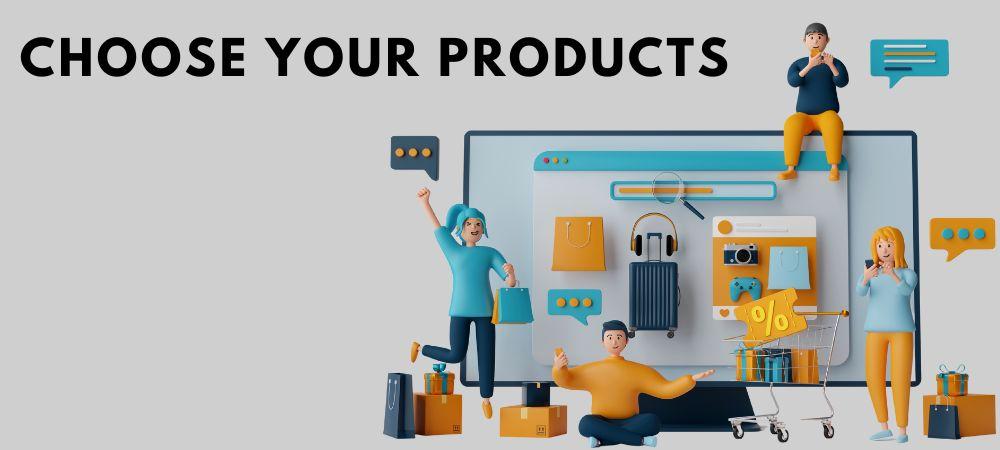
So, you are well on your way in your market research, and hopefully, you’ve identified your target audience. What next? Choosing your products.
Mind you, as a newbie entrepreneur, you might not have the funds and other resources to create your own products. So, you may have to do with selling existing products on your own or as part of an affiliate program.
Your selected products should be useful to your customers. The ideal product solves your customer’s issues and addresses their pain points. At the very least, it should be educational to your target audience.
Before you can select an excellent product to market, though, you must get something else right first. And that is your niche. What about that?
Simply put, your niche is the category of products you want to specialize in. So it could be sleep supplements, music-related stuff, phone accessories, et cetera.
Make sure your niche is not so broad that you get drowned by the big fishes, but neither should it be so narrowed down that you struggle to find sufficient people to patronize you.
PRO TIP: Go for a niche that has you as a target audience as well. That way, you will be able to relate to your customers in a way that communicates to them that you really care about them and not just about their money.
For example, say you have suffered from a particular skin issue, and you tried a myriad of different solutions before stumbling on the right fit for you.
It might be wise for you to create your online store around the skincare niche since you already have common ground with people with skincare problems.
Once you’ve settled for the profitable niche, the rest of the process of finding a winning product is similar to what you do when conducting market research.
But for the sake of case studies, let’s see what experienced online marketers have said about selecting amazing products.
Dan Lok, a world-renowned entrepreneur and business mentor, recommends focusing on the market, not the product.
In other words, your product is only as good as the need it fills. Find what needs don’t yet have a solution, and go for that. As Danlok puts it in this video, every problem is a product.
Another killer tip from that video is to ride on the wave created by a big company or some other establishment.
Instead of trying to be a direct competitor of, say, Apple, you can ride on its waves by selling something that would be in high demand because of the popularity of the iPhone.
An excellent idea for a profitable product would then be iPhone pouches or some other accessory.
Davie Fogarty, founder of e-commerce brand Oodies, agrees wholeheartedly with the idea of piggybacking the wave, but he also has another valuable tip, as you will see in his video about five tips for choosing a successful product.
One of Davie’s core strategies is to make your product or the dispensation unique so that even if your competitors launch a similar product version, your customers have a good reason to stick with you and ignore the noise around them.
Say you are into clothing, and then other online stores come up with the same product line.
Lowering your shipping costs might be an option, but if that’s not feasible, consider adding new perks to select orders. For instance, you could offer dry cleaning services for a token to customers who buy from you in bulk.
Now that we’ve gotten a good idea of how to select an evergreen product, where can we actually find great product ideas?
The YouTube channel Learn with Shopify has a video that exactly answers that question. It discusses a list of places you can go to to get nice product ideas for your online store launch. Some of the sources mentioned include (there are more):
- Consumer trend publications, e.g., Trend Hunter
- Industry leaders, e.g., influencers. You can use sites like Dovetail to find influencers in any industry.
- Social curation sites, e.g., Pinterest, We Heart It
- B2B wholesale marketplaces, e.g., Oberlo, Alibaba, AliExpress.
- Industry and niche forums, e.g., gameFAQ for gamers, Fashion Spot for fashion entrepreneurs, and Reddit, et cetera.
And so on. For a detailed discussion of all those product sourcing platforms and more, here’s the video.
Set Up Your Online Store

You’ve done market research. Check.
Product research. Check.
Since you are now cognizant of your customers’ needs and know what products will plug into those needs, how you deliver those products is the next checkpoint to conquer.
And that’s your online store. You must set up an online store on a pre-existing e-commerce platform to start a business. If you want to create your own
e-commerce platform, that’s fine, but it will be costlier for you.
You will need to follow the steps listed below to set up your online store:
Select an E-commerce Platform
E-commerce platforms allow you to sell anything online (or buy if you are the consumer).
They power every feature of your virtual storefront, such as displaying products or services, processing transactions, managing your product catalog, handling your shipping, et cetera. They also provide you with inventory management tools, marketing tools, customer management tools, and analytic tools to track your sales data.
There are dozens of E-commerce platforms available, and new ones are springing up. We have the likes of Shopify, Amazon, WooCommerce (by WordPress), BigCommerce, Squarespace, and so on.
In the hunt for the best E-commerce platform for your online store, remember to check for the one with the most comfortable pricing and with the feature set and capabilities most appropriate to your e-commerce needs.
For the feature set, a free domain name, free SSL certificate for security credentials, and built-in email marketing tools are significant considerations. It would also help if SEO optimization, customer support features, and integration with other CRM software were added.
The capabilities of a given e-commerce platform are also worth your attention. For instance, an e-commerce platform that allows you to sell on multiple social media sites should be given preference. If selling internationally, seriously consider a platform that supports multiple currency conversion.
You might also want to sell digital or downloadable products or market online courses. If so, choose an e-commerce platform not limited to only physical products.
Below are five e-commerce platforms you might want to explore for a start:
- Squarespace: best for beginners
- Square Online: best for omnichannel marketing
- Weebly: best value. Packs free domain name, SSL certificate, unlimited storage, and more in a beginner-friendly package for only $10 monthly.
- CoreCommerce: best if you already have a website
- Big Cartel: best for creatives
Customize Store Design
After selecting your E-commerce platform, you must customize your store design. This part is all about optimizing your customers’ experience when they visit your store so that they can always come back for more.
This involves many things, but you are basically tweaking the look and feel of your online store to align with your brand image and keep customers engaged. You will also need to pick your brand name and create your logo with a tool like Canva or another graphic design tool.
It’s best to use themes and colors that keep things simple and minimal to be visually appealing without bombarding your store visitors with color pollution.
The customization process also involves ensuring that your online store looks great on mobile and PC. Considering the skyrocketing rate at which consumers are searching on mobile for their next purchase, Google is giving priority to brands that take optimization for mobile seriously.
Also, ensure that your store design does not hog system resources, as this will result in slow loading times and a laggy experience overall. If that happens, your online store will lose profitability as Google will lower its rankings.
Always keep in front of you the importance of placing the various tabs and other elements of your online store in easy-to-locate spots.
You don’t want your potential customers fumbling about where the purchase button is or having to spend minutes calculating how to go back to a previous section of your site. That will only serve to detract from the overall user experience.
The store customization shouldn’t be a hassle if your e-commerce platform features a drag-and-drop editing style. All five e-commerce companies that I mentioned above have a drag-and-drop system.
Many e-commerce platforms even go the extra mile with an A/B test system. This allows you to split-test two versions of your online store side by side to know which performs better in aesthetics and other crucial factors.
Configure Payment Gateways
This means setting up your preferred payment service provider (this is different from the payment method). It is a fundamental feature of all e-commerce platforms.
In any case, ensure your payment gateway adheres to strict security protocols like SSL certificates, PCI compliance, tokenization, robust encryption algorithms, etc. The big-name payment gateways like PayPal and Stripe are already big on security, but apply a dose of caution when your e-commerce platform advertises its own.
PRO TIP: To verify that a payment gateway adheres to internationally accepted security protocols, check the security credentials of the payment gateway on the PCI Security Standards Council. Click on the search bar at the top of the website and type the name of the payment gateway, then click search to perform the check.
While security should never be overlooked, there are other critical criteria to watch out for, depending on your business preferences. Here are a few of them:
- Pricing and fees: check for the monthly billing and whether there are any hidden fees.
- Integration and customization: confirm that the payment gateway integrates well with any other financial software you use for your business.
- Supported payment methods: Aside from credit cards, you might want to use other payment merchants like PayPal or Stripe.
- On-site or off-site transactions: this tells you whether the payment provider allows you to process payments on your website or redirects your customers to a separate page to enter their card details
Optimize Product Listings and Product Descriptions for Search Engines
Part of the reason why you can type a particular product into the Google search bar and get online stores selling that product on the SERPs is that they’ve got their product listings and product descriptions just right.
A product listing is the display of the product with the image and a bit of text that gives away the name of the product before you enter the product page proper.
The product description is seen on the product page and is a short body of text that gives your visitors a feel of the product. The product description must showcase the product’s allure as beautifully as possible using the best copywriting techniques that brands like Apple use.
It is crucial that you apply SEO principles to optimize something that looks as trivial as the product listing.
That’s because when search engines are crawling the vast online marketplace to find the best match to a search query, a concise product listing helps your product stand out in the sea of competitors if it closely matches the terms used in the search query.
Optimizing your product listings and descriptions starts with using
high-resolution images shot from multiple angles to showcase your product in all its glory. Integrate alt text with relevant keywords.
Next, you should use terms that closely match the keywords people use in their search. Use Google Keywords Planner and tools like Ahref or Moz to dig out keywords with high search volume and seamlessly weave these keywords into your product titles.
Let’s say you sell hiking boots. A product listing that goes with “hiking boots” would be poorly optimized and would be easily lost in the competition.
A well-optimized product listing for hiking boots would be “waterproof hiking boots with grippy soles.” You can see that this product listing spreads its wings across several keywords, giving it more chances of being featured on the search results page.
You should also make your product URLs very descriptive. Using the example mentioned above, hikingboots1234 could be adjusted to
waterproof-hiking-boots-with-grippy-soles. You get the point.
Market Your Store
After creating your profitable online store, this is the part where you adopt a multi-pronged strategy to attract customers and drive traffic to your online store.
Here’s what you will be doing in a nutshell:
Define your target audience
You identify your target audience through the market research and the product research tips above. To recap, all that entails is gaining insight into your ideal customer’s buyer persona— their interests, preferences, and online behavior.
Implement omnichannel marketing
In other words, market your store across multiple marketing channels and social media platforms. There are at least three ways to handle this part.
- Implement SEO techniques to get organic traffic
You optimize your product pages and listings for high-demand short-tail and long-tail keywords.
Also, use content marketing by creating high-value blog posts and other pieces of visual and audio content around your products or industry to attract organic traffic
- Utilize paid ads
This can be done on platforms like Google, Facebook, Instagram, and YouTube for the relevant ads.
Engage in social media marketing by building an active presence on platforms like Instagram, TikTok, and Pinterest to engage with customers and showcase products.
- Use influencer marketing
Where possible, partner with influencers in your niche or industry to promote your products to their audience.
Optimize Your Store to Refine Your Service

You can integrate the finest SEO strategies into your online store and match your products perfectly to the needs of your potential customers. Still, if the user experience is poor, visitors to your site will take flight and wish they never stumbled on your store in the first place.
That’s why even if you joke with anything else in this guide, optimizing your store to refine the experience is non-negotiable.
In the words of American poet and civil rights activist Maya Angelou:
People will forget what you said, people will forget what you did, but people will never forget how you made them feel. (Italics mine)
Yes, the experience you give people will ultimately attract them back to you or push them away from you.
Let’s now talk about the optimization hacks that make your online store sing pleasantly to your customers.
Make Your Store a Map, Not a Maze
This is a call to optimize the navigation experience of your online store. Make sure navigating your store is as fast and intuitive as possible so that anyone browsing it can get to what they are finding quickly.
Use clear menus, a search bar, precise color coding, and well-ordered item placement to intuitively guide your visitors to their destination.
Think of your online store as the equivalent of a physical mall but without the wardens and other personnel to direct visitors. In your online, your navigation tabs and other visual aids guide potential customers to their target.
Seamless Checkout
This cannot be overlooked as well. Remember, a stressful checkout process will lead to an uptick in cart abandonment. Abandoned carts are lost sales, so you streamline your checkout process to the bare minimum.
Also, provide multiple payment options (including mobile wallets for maximum convenience) and add guest checkout capabilities for impulse buyers who just storm your store and pick the first thing that catches their eyes.
Order tracking and clear communication
When people pay online for a product that will be shipped to them, it can be stressful having to wait for the delivery without knowing the progress of their order.
Cut out that waiting anxiety for them and provide real-time tracking tools that give your buyers an approximate idea of the current location of their goods.
When you give your customers updates about shipping and delivery, it enables them to realize that it’s safe doing business with you and that you have their interests at heart.
Helpful Support
There’s no way to overemphasize the importance of fast and responsive customer service.
Good customer support is the ultimate way to tell your patronizers that their satisfaction is your paramount concern, and once your buyers get to sense that, they will become repeat customers.
So go the extra mile to ensure your customers can reach you (if possible) across all communication channels such as SMS, live chat, email, phone, WhatsApp, et cetera.
Customer support teams should also be available 24/7 from morning till night to take queries and complaints about your products. If feasible, consider employing customer care agents on a day and night shift basis so that there will always be someone to attend to customers no matter what time of the day it is.
Personalization
Personalize your service to your customers so that they feel like individuals rather than just a faceless number.
Leverage the customer data you gather with the relevant tools to offer personalized recommendations, tailor marketing messages, and remember past preferences.
Returns and refunds
Yeah, what about that? While you should try your best to deliver the best quality of products, sometimes a defective one can slip through the radar. Or, a customer discovers that they no longer like a particular product in real life as they did when they saw it in pictures.
During those (hopefully) rare moments, making refunds and returns stress-free will invariably add to your good reputation and positively enhance your brand image.
It will also go a long way to have a refund policy and be clear about it. If customers are bitten once by ordering something they no longer like and can’t be refunded for, they might come to see your store as a rabbit hole with no exit out, and the negative word will spread fast.
Wrapping Up

While there is a lot of work and patience involved in building a profitable online store—one that builds your brand, fosters good relationships with your clients, and churns in a consistent profit, it is not a far-flung dream.
The e-commerce brands that have become household names didn’t start that way. They had small beginnings and followed the same steps mentioned in this guide you’ve just finished reading—except that some of them only learned these lessons after many trials and errors.
Your journey to building an online store that converts visitors to paying, loyal customers is about to get a little bit easier, as the strategies compiled in this article will shine a spotlight on the major mistakes that have sent many other entrepreneurial projects packing.
In the long run, building a profitable online store boils down to knowing what your customers want and delivering it to them in a way that makes a great, lasting impression.

